The snow’s blowing, it’s cold, the last thing you want to do is to go out and try and get a bike ride in and even lower on that list is riding the trainer. Winter can be the most challenging time of year to stay in shape and motivated. The best tactic is to embrace it with sports that go with it.
Nothing is as good as the actual discipline in which you’re training for but mixing it up with cross training for cycling in the winter months can not only keep you in shape but leave with you gains you otherwise would not have obtained from riding alone. Skiing can bring strength and endurance gains and can improve your balance and coordination to put toward better riding. Whether skiing downhill or Nordic (cross country), you’ll get the benefits while having fun braving the cold.
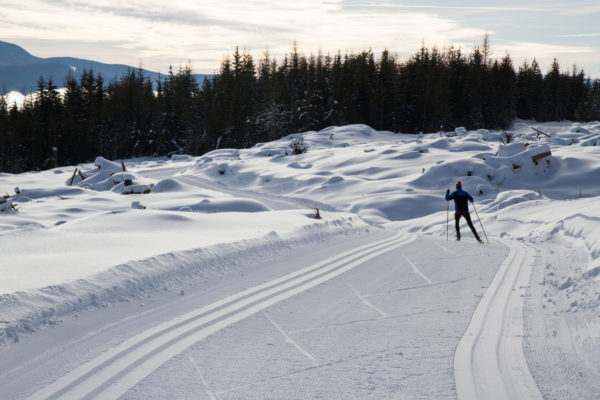
Cross Training for Cycling – Downhill Skiing: The Strength Benefits
The winter months are often a time when weightlifting is incorporated into cross training for cycling. The benefits of weight lifting include increased maximal output and development of supporting muscles to hinder the occurrence of injury. Skiing can be used in addition to or in place of weightlifting as it engages a lot of the same muscles.
Each turn in skiing, particularly when skiing hard, is essentially a squat. Your knees are forward and your butt is dropped while you’re in an athletic position. You flex your knees up absorbing bumps and impacts thus further flexing your legs along with your core. If you’re skiing hard down a steep slope, in the trees, through moguls, or on powder, you’ll be hard pressed to make it more than a couple of minutes without having to stop and rest. Squat after squat not only takes its toll on your legs but also your heart and lungs which makes it an even better activity to do for cross training for cycling.
Downhill Skiing: Balance and Coordination Improvement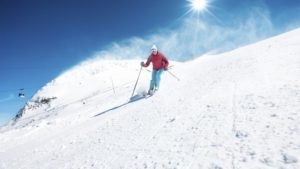
In addition to the strength benefits downhill skiing brings, you’re constantly improving your balance and coordination which also improves your riding when on the bike. Keeping it upright on skis is no easy task especially when starting out. Also, balance isn’t just your brain telling your body which way to move its limbs to stay upright but also the quick firing of the muscles on those limbs to keep you balanced. You’re not only improving how well the brain sends those messages but also how strong and developed those muscles are.
Skiing also forces you to make quick decisions and react to upcoming obstacles such as bumps or trees. Particularly when skiing fast, your brain doesn’t have time to think and analyze every obstacle with great detail. It learns to read, quickly asses, and make a decision on what to do, say go right around a tree or left. The more you practice this, the better you will be at skiing as well as riding as that same thought process is used when riding down the road or trail.
Nordic Skiing: Strength and Endurance Gains
Nordic skiing, or cross country skiing, is also great cross training for cycling. While downhill skiing brings more strength gains than endurance, Nordic skiing brings more endurance gains along with the added development of supporting muscles.
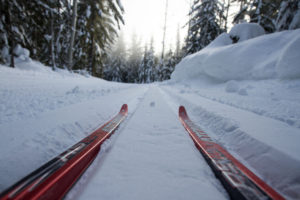 Classic Skiing
Classic Skiing
Classic skiing is the traditional, kick-and-glide, type of skiing with either wax or fish scales on the center of the ski under your feet to push you forward. While downhill skiing engages primarily the legs and core, classic skiing utilizes the upper body as well for a full body workout. Because of the nature of cross country skiing, classic skiing uses a lot of heart and lungs to move you forward, particularly if you have bad technique because you are working that much harder to go the same distance.
Skate Skiing
Skate skiing, like classic skiing, also uses the full body to propel you forward. The difference is that the skis just have glide wax over the entire bottom and a skating motion moving the legs from side to side like ice skating is used to move forward. The big advantage to this type of skiing is that the muscles used are very similar to the ones used in the pedal stroke. You get the cardio and endurance benefit while getting the strength benefit to those cycling specific muscles.
The Risks
One deterrent to a lot of cyclists skiing is the risk factor. If they’re riding and training a lot, they don’t want to risk doing something that may injure them and take away from their riding, particularly if they’re racing. There are a multitude of factors to risk with skiing. Three of the big ones are personal ability, magnitude of events, and chance of a muscle injury. If you accurately assess each, your risk is no more than your typical bike ride.
Personal Ability: Knowing your limits and just how good of a skier you are, or rather aren’t, is going to have the largest impact on the level of risk you are actually taking on. If you can only ski a green circle or blue square, don’t attempt the black diamond until you are overly ready. In a normal “learn to ski” situation, you are constantly skiing above your ability in order to learn and improve. When being a risk-averse skier, the gap at which you’re skiing and the difficulty of terrain that you’re trying to improve on needs to be smaller.
Magnitude of Events: Typically as your skiing ability goes up, so does the degree of terrain that you’re riding. Just because you’re a really good skier doesn’t mean you have to do the big drops, or gnarly tree sections. Dial back the magnitude of high risk sections that you ski as it’s a probability game. The greater the number of times you ski something that pushes your limits, the greater the chance of something going wrong thus increasing your risk.
Chance of Muscle Injury: In both downhill and Nordic skiing you have an increased chance of injuring a muscle, tendon, or joint mainly because it is something you don’t do as mush of. Your muscles, tendons, and joints aren’t used to the kind of effort and strain placed on them and thus have a higher likelihood of becoming injured even under normal skiing conditions, ie. sans crashing. In order to lower the likelihood of injury, increasing the amount you’re skiing gradually along with how hard you are skiing will go a long way. After the first day of skiing after a long summer, you are probably going to be pretty sore. Take note of it and don’t try to push it again to soon, like the next day.
Cross training for cycling can be just as fun, if not more fun than the cycling itself especially if it’s in the form of skiing. You can get a lot of strength and endurance benefits by embracing winter and skiing more than riding and then come spring, make the switch back to the bike exclusively. While doing it though, taking note of your own ability and what you’re skiing along with assessing if your muscles and body are ready for it will lower your risk of injury. Stay safe with it and have fun. Just make sure you don’t start to love it more than cycling!
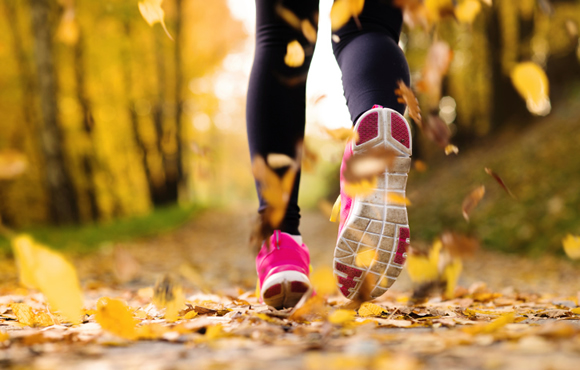
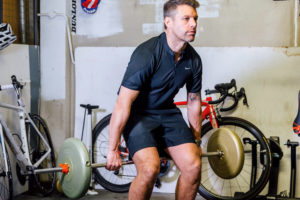
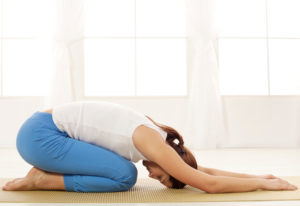 Yoga
Yoga